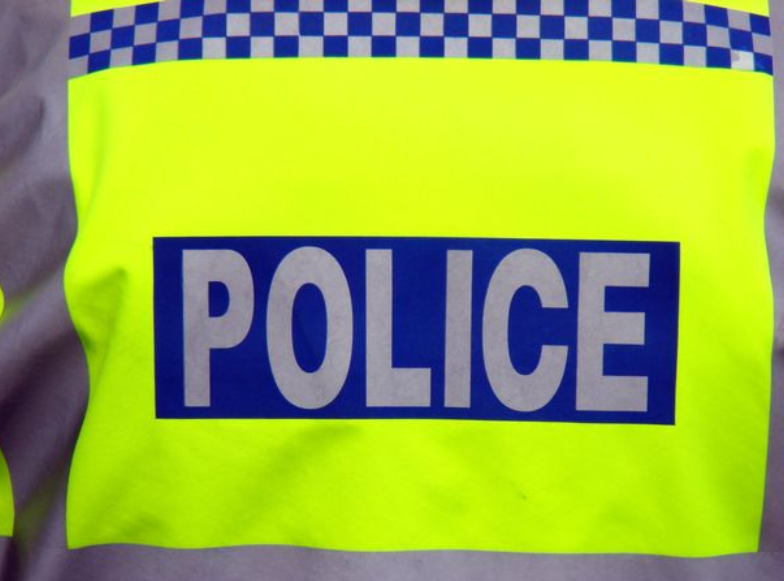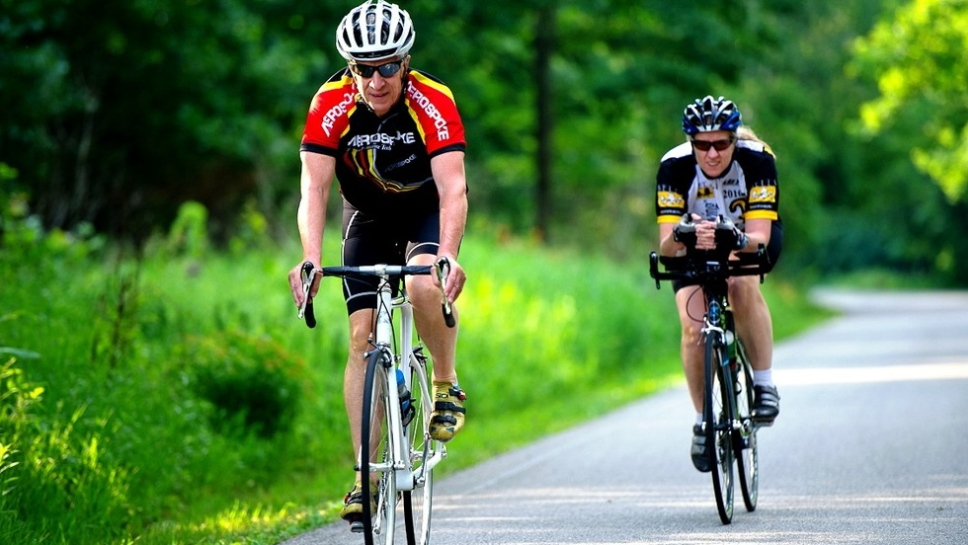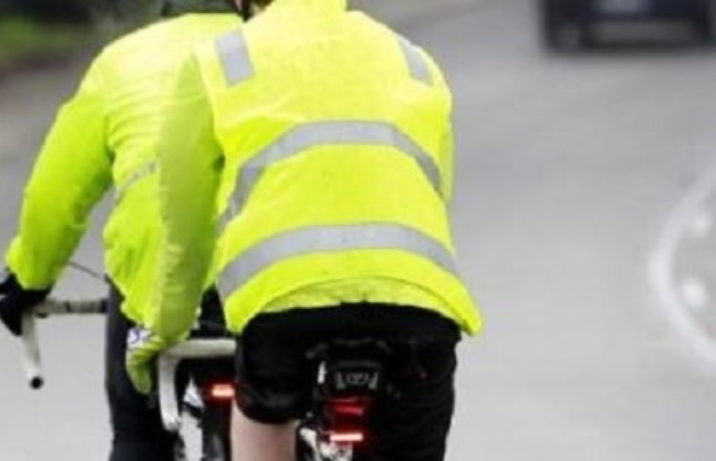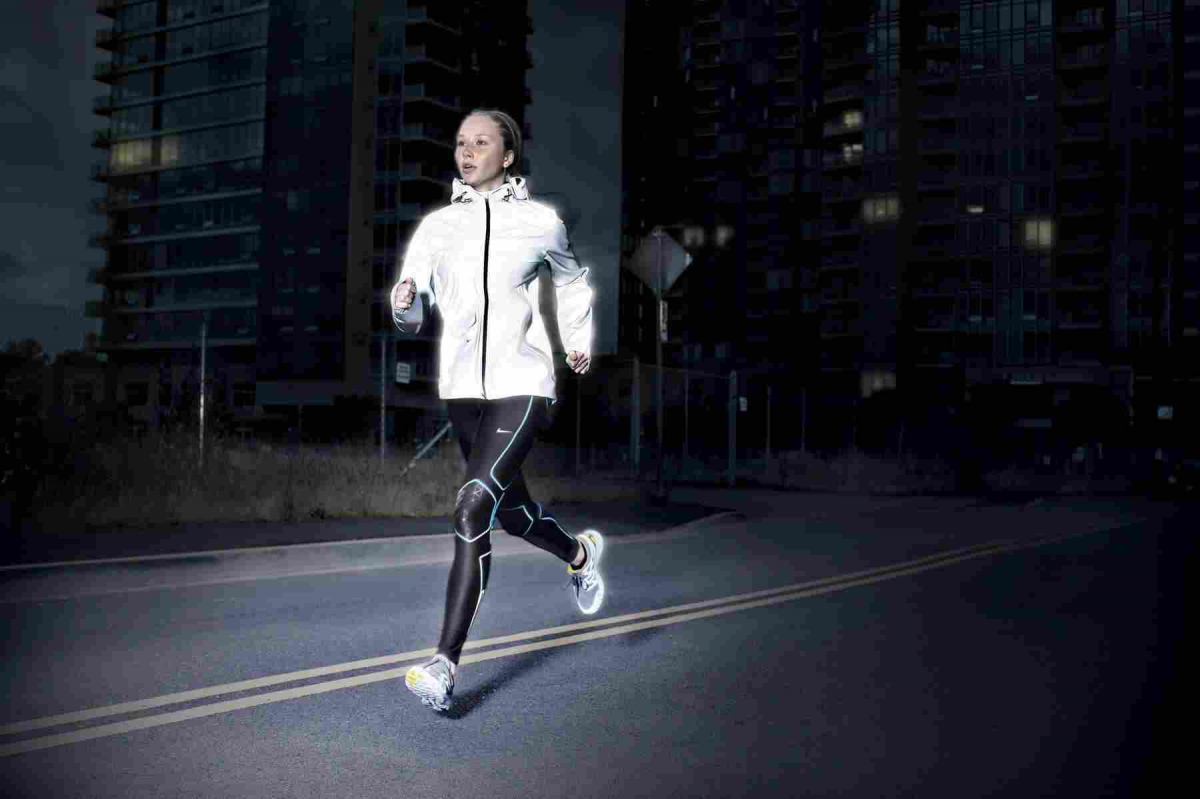For bikers and horse riders, being seen is vital for obvious reasons. Many choose to wear reflective clothing and high-visibility outerwear to make sure they stand out on busy roads and rural lanes.
But one particular type of high-vis clothing has caused a bit of a debate.
Jackets and reflective vests bearing the word “POLITE” have been adopted by several bikers and horse riders.
But critics say that such clothing could cause them to be mistaken for mounted or motorcycle police officers-with police also issuing guidance on the matter.
Devon and Cornwall Police released figures on this matter recently via a Freedom of Information request, the results of which are logged on their website.
Between 1st April 2014 to 31st March 2015 there were four arrests made for people impersonating police officers.
During the same time frame, no one was arrested for wearing a reflective fluorescent jacket bearing the “POLITE” logo.
But, is it illegal to wear a jacket bearing the word “POLITE”?
Well, in short, the law seems to be a bit ambiguous on the matter.
Last year the MailOnline reported how Jocelle Lovelle, 45, from Penarth, and her fellow animal lovers dress in the “POLITE” high-vis outfits after Jocelle’s teenage daughter Seren was knocked from her horse.
The article claimed that police encourage horse riders to wear high-vis clothing but not to deliberately mislead motorists.
Inspector Lisa Gore of South Wales Police said: “Some riders have reported drivers sounding their horns and revving their engines to frighten horses because they feel misled.”
“We want to ensure the public make an informed decision about wearing such clothing.”
Back in 2013 when these jackets first started appearing on our roads, the Association of Chief Police Officers (Acpo) wrote to the British Horse Society pointing out that wearing such kit could cause riders to be mistaken for mounted officers.
In a letter published on the British Horse Society website, Assistant Chief Constable Ron Hanson wrote: “These articles have caused concern to the police because individuals wearing them are likely to be mistaken for being a police officer due to the design closely resembling police uniform.
“Any item of clothing that has been manufactured to match these characteristics of police uniform is at risk of contravening legislation, namely Section 90 Police Act 1996.”
While it is illegal to impersonate a police officer in the UK and offenders can be jailed for up to six months, it appears no one is on the record as saying that these particular jackets are illegal and should not be worn.
Indeed, a quick Google search shows dozens of such items freely on sale at shops across the UK.
Our advice? Probably best to give them a miss and don’t take the risk-but always wear high-vis clothing if you are worried about not being seen.




